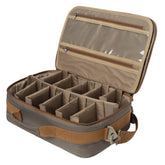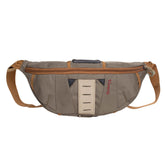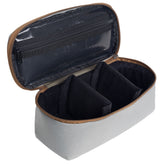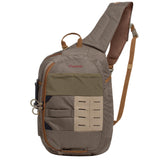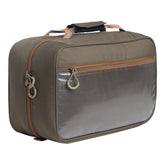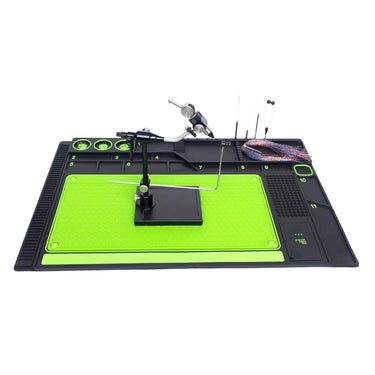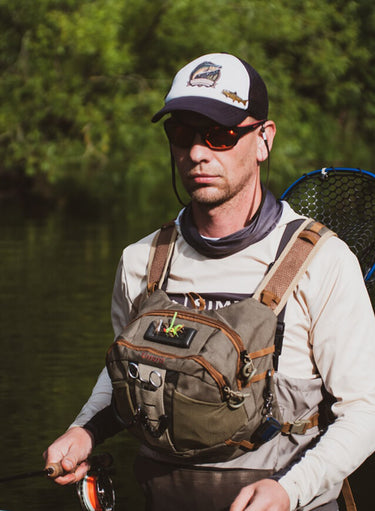Fly Line: A Comprehensive Comparison of Scandi and Skagit Shooting Heads and Leaders
When it comes to fly fishing, selecting the right line can significantly impact your casting efficiency and overall success. I often find myself comparing various options to identify which fly line suits my needs best. Understanding the differences between Scandi and Skagit lines is essential for any angler looking to optimize their performance on the water.

In my experience, Scientific Anglers offers a range of Scandi lines that enhance the precision and delicacy of presentations. Choosing the best Scandi shooting head line can make a noticeable difference in how effectively I can cast, especially in varying water conditions. Additionally, selecting an appropriate leader to pair with these lines optimizes my setup, ensuring proper turnover and presentation of the fly.
Exploring the nuances of Scandi versus Skagit lines reveals key advantages for different fishing scenarios. With Scandi lines, I appreciate the ability to make longer casts with light flies, which is particularly advantageous in certain river environments. This guide will provide insights into the best lines, leaders, and techniques to elevate your fly fishing experience.
Understanding Fly Lines
Fly lines play a crucial role in fly fishing, particularly in the context of casting techniques like Scandi and Skagit. Knowing the components and characteristics of these lines enhances my ability to effectively present flies and achieve desired results in various water conditions.
Components of a Fly Line System
A fly line system consists of several key components: the running line, shooting head, and leader.
- Running line: This is the primary line that connects to the fly rod and aids in line control.
- Shooting head: This section provides weight and allows for casting distance. Scandi shooting heads are designed for longer, more delicate presentations, while Skagit heads focus on short, powerful casts.
- Leaders: These are attached to the end of the shooting head. A leader transfers energy from the line to the fly and can be a traditional monofilament leader, a polyleader, or a versileader with different tapering options.
Each component plays a vital role in achieving the right balance and presentation while fishing.
Characteristics of Scandi and Skagit Lines
Both Scandi and Skagit lines serve distinct purposes and require unique casting strokes.
-
Scandi lines: These feature a long front taper, allowing for soft presentations and improving accuracy in longer-distance casts. They excel in delivering lightweight flies on floating lines or sink tips.
-
Skagit lines: These lines are shorter and heavier, designed for loading the rod quickly. They perform exceptionally well for casting heavier flies and working effectively in windier conditions.
Knowing the differences helps me choose the right line type for my fishing scenarios, ensuring optimal performance and improved catch rates.
Scandinavian (Scandi) Line Fundamentals

Scandi lines represent a specialized approach in fly fishing that maximizes casting precision and control. Their design features tailored attributes to enhance performance, especially for techniques like sustained anchor and touch and go.
What Defines a Scandi Line
A Scandi line is characterized by its shorter head length and lighter weight compared to Skagit lines. Typically ranging from 250 to 400 grains, these lines enable delicate presentations with minimal disturbance.
Key Features:
- Front Taper: This allows for smooth turnover and precise casts.
- Line Speed: Designed for higher speed during casting, enhancing overall performance.
- Casting Performance: Works effectively with a spey rod, allowing for versatile techniques.
The combination of these elements makes Scandi lines ideal for targeting specific conditions and fish species.
Optimizing Scandi Lines for Performance
To optimize my Scandi line performance, I pay attention to several crucial aspects.
Head Weight: Choosing the right grain weight is essential. A line too heavy may lead to poor presentation, while one too light can hinder casting.
Delicate Presentation: Scandi lines excel in delivering flies with finesse. I ensure my leader length and tippet diameter are appropriate for the line type and conditions.
Casting Techniques: Mastering spey casting techniques, such as the sustained anchor, is vital. Proper execution enhances line speed and efficiency, allowing for optimal fly placement.
By focusing on these elements, I can ensure an effective and rewarding experience on the water.
Skagit Line Considerations
When selecting Skagit lines, there are specific features and setups to keep in mind for optimal performance. These aspects can greatly enhance my experience in targeting species like steelhead, particularly in the Pacific Northwest.
Key Features of Skagit Lines
Skagit lines are primarily designed for casting larger flies and using heavy sink tips. They excel in situations where a traditional floating line might struggle, especially when targeting winter steelhead in fast, heavy water. A key feature is the head length, typically shorter than other line types, which allows for quick loading of the rod during the Skagit cast.
The grain window of the line is also vital, as it dictates the weight range suitable for different rod lengths and setups. For example, I often choose lines that match my rod's grain window for effective delivery of heavy tips like MOW tips. Brands like Airflo provide varied options for those looking to optimize their gear.
Choosing the Right Skagit Setup
Selecting the right Skagit setup involves matching the line to your rod and the conditions you’ll face. I consider several factors, including rod length and the type of flies to be used. For instance, longer rods from 13.5 to 15 feet work well for managing larger flies and heavier sink tips.
Additionally, my shooting line plays a crucial role in my casting precision. A stronger, low-stretch shooting line aids in better energy transfer. I favor lines that offer versatility to adapt to various water types and conditions, ensuring I'm prepared whether I’m in a river or a larger tributary.
Comparing Lines and Techniques
In fly fishing, choosing the right line and technique is crucial for successful casting and presentation. The differences between Scandi and Skagit lines significantly influence how I approach various fishing scenarios and target species.
Differences Between Scandi and Skagit Lines
Scandi lines are designed for lighter and more delicate presentations, making them ideal for fishing with smaller flies and on smaller waters. These lines provide a longer, more gradual taper, which enhances accuracy and control during the cast.
In contrast, Skagit lines are shorter and heavier, optimized for casting larger flies in challenging conditions. They are perfect for delivering flies to deeper water, especially when targeting species like steelhead and salmon. This design allows for powerful casting techniques that can cut through wind and reach distant spots.
Matching Lines with Fly Fishing Styles and Species
When selecting a line, it’s essential to consider the specific species I’m after and the water conditions. For instance, I prefer Scandi lines when targeting fish in calm rivers, where precision matters and the goal is to present the fly gently.
Conversely, I utilize Skagit lines in turbulent waters or when fishing larger flies for aggressive species. The choice of single-hand or two-handed rods also plays a role, as Skagit lines pair well with Spey techniques for casting heavier setups. Each line type influences my casting performance and presentation methods, making proper selection vital for success.



